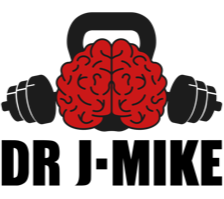Podcasts
*Check out these podcasts I have done for Iron Radio discussing a variety of performance aspects.
> SCW Mania Fitness: The Big 3 – January 2022
> Ask Christina Podcast – August 2020
> Level Up Podcast – April 2020
> Iron Radio- Starting Strongman with Kalle Beck- January 2015
> Iron Radio- Doses, Doses, Doses- January 2015
> Iron Radio- Eccentric Update with Keith Norris- January 2015
> Iron Radio- Year in Review- January 2015
> Iron Radio- Eating Large- December 2014
> Iron Radio-News and Mail- November 2014
> Iron Radio- Sport Nutrition Research with Dr. Chad Kerksick- November 2014
> Iron Radio- Orthopedics for Lifters- October 2014
> Iron Radio- Explosive Power for Strongman with Matt Vincent- October 2014
> Iron Radio- Sport Nutrition Research with Dr. Bill Campbell- October 2014
> Iron Radio- Research Roundup April 2014
> Iron Radio – Pre-Workout Stimulants and Supplements – November 2013
> Iron Radio – Eccentric Training- April 2013
> Iron Radio – Training Through Life’s Challenges – August 2012
> Iron Radio – Different Training Splits- 2010
> Iron Radio – How Strong is Worthy in Competitive Powerlifting and Strongman- 2010


